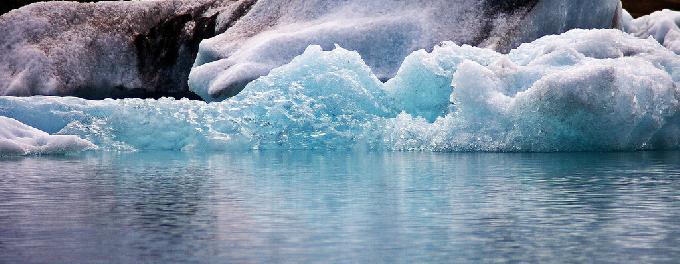Glaciers continue to melt, causing rising sea levels due to water being added to the world’s oceans. So much water is being added that the ocean floor has started sinking under this extra weight.
A new study published online in Geophysical Research Letters has revealed this unexpected consequence of ice mass loss. Prior to this, no study was ever attempted to determine actual deformation.
Researchers used a mathematical formula known as the elastic sea level equation to precisely measure the ocean floor. They used various estimates of mass loss from the Greenland and Antarctic ice sheets, land water storage (including groundwater depletion), and dam retention.
The team calculated that the increase in the total ocean load has pushed the seabed down by roughly 0.1 millimeters per year since 1993, or 2.1 millimeters in total during the period between 1993 to 2014.
Seemingly insignificant, 2.1 millimeters is actually a potentially devastating change
A change of 2.1 millimeters in two decades might sound like an insignificant amount until you consider that this is happening to the entire ocean floor, which covers about 139 million square miles (361 million square kilometers) of the Earth’s surface. This small change will make it more difficult to track and measure changes in sea levels.







